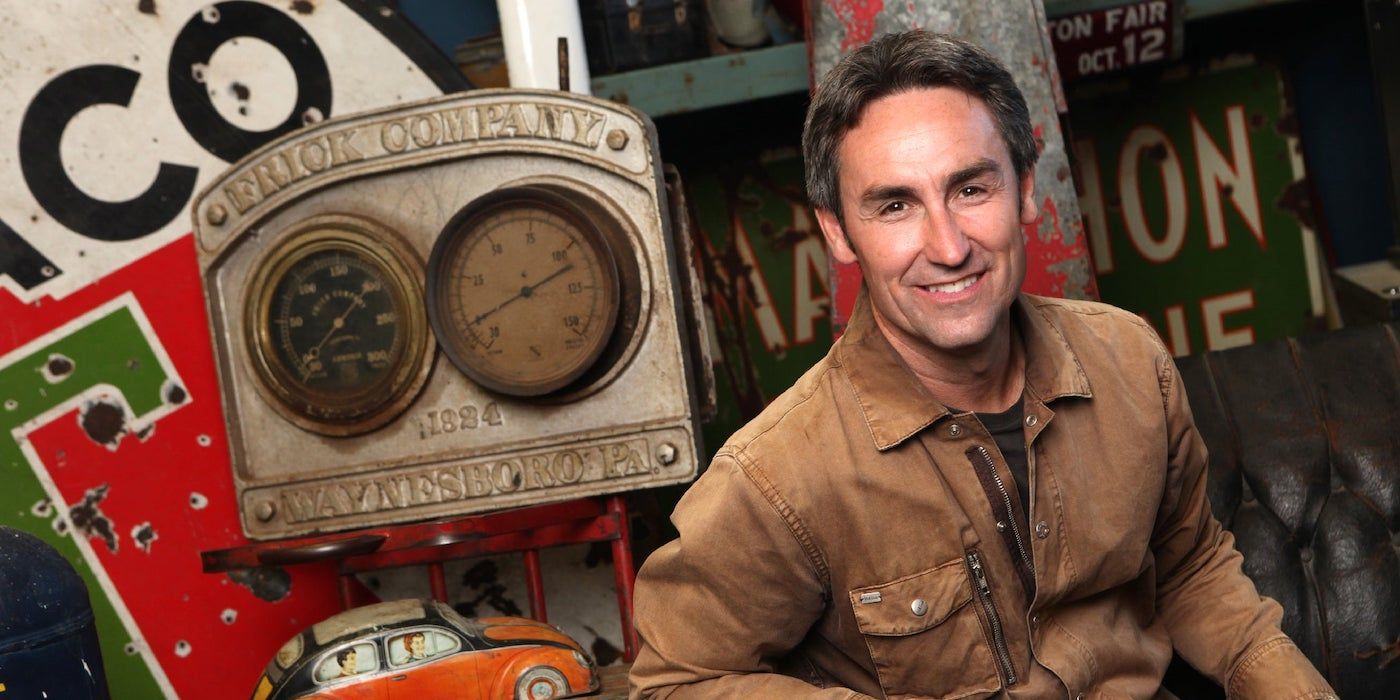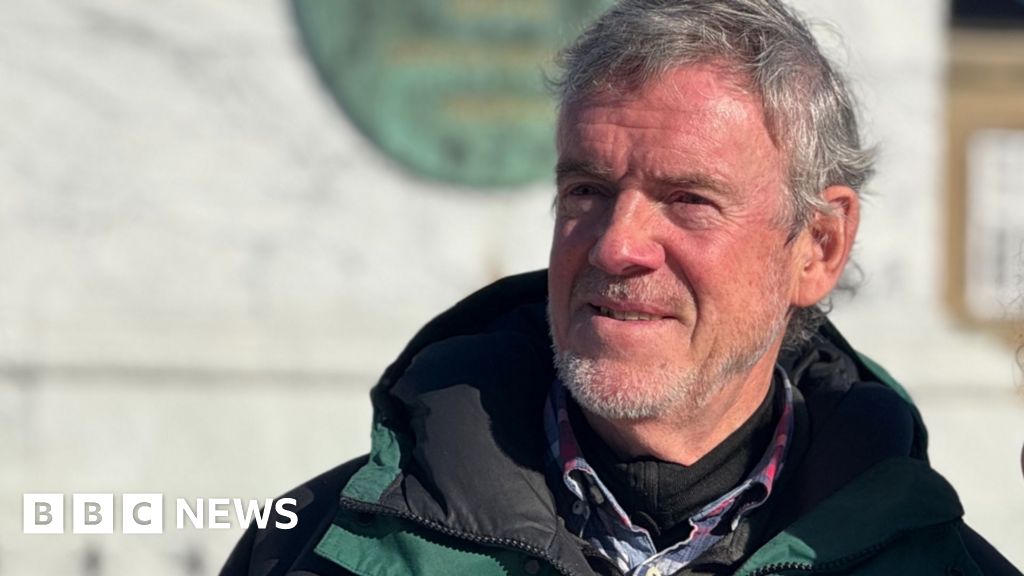More Islanders are shopping local as U.S. tariffs loom. Here’s how to spot Canadian products | CBC News

More Canadians, including Prince Edward Islanders, are joining the movement to support Canadian-made goods and buy local in response to U.S. President Donald Trump’s plan to impose hefty tariffs on Canadian products.
However, buying Canadian isn’t always easy, says Pascal Thériault, an agriculture economist at McGill University.
For one thing, there’s more than one kind of label to look for. And for another, shoppers don’t always have the time to check every label.
Speaking with CBC’s Island Morning, Thériault shared some tips on how to identify Canadian products.
Island Morning7:10How to read product labels when buying Canadian
If you’ve been confused by Canadian product labels, you’re not alone. Pascal Thériault, an agricultural economist at McGill University, provides tips on how to decipher labels and determine whether a product is truly Canadian.
Supply-managed products
Thériault said that foods such as eggs, chicken, turkey and dairy are usually a safe bet for those looking to avoid American products.
“Because they’re under supply management, chances are they are Canadian products to start with,” he told CBC’s Island Morning.
Supply-managed products are those governed by a system where farmers collectively agree on production levels to meet domestic demand, according to the industry group Dairy Farmers of Canada. This system aims to provide farmers with a fair return for their products and ensure stable prices for consumers, while also limiting foreign imports to protect the domestic market.
When it comes to milk, Thériault suggests looking for the little blue cow logo from Dairy Farmers of Canada, which indicates the product is Canadian.
He said these markings are not mandatory, though, meaning some Canadian-made products may not have them.
Product of Canada vs. Made in Canada
Thériault said labels like “Product of Canada” and “Made in Canada,” while not mandatory, can also help identify Canadian goods.
For a product to be labelled “Product of Canada,” at least 98 per cent of the total direct costs of producing or manufacturing the goods must be incurred in Canada.
Meanwhile, “Made in Canada” claims require at least 51 per cent of the total direct costs of producing or manufacturing the goods to be incurred in Canada, and the claim must be accompanied by a qualifying statement indicating the product contains imported parts.
In other words, a “Product of Canada” label signals a higher level of local content than “Made in Canada” does.
Provincial initiatives
Many provinces have their own labelling campaigns to indicate local content, Thériault said.
In Quebec, for example, the non-profit Aliments du Québec verifies and promotes locally made food products. Products carrying its label are either entirely made from Quebec ingredients or contain at least 85 per cent locally sourced ingredients.
“It’s actually a program that is extremely rigid, extremely well controlled, and that the processors are extremely proud to use,” he said.

Quebec’s liquor board also labels locally made beverages to help consumers identify provincial products, he said.
Thériault said Prince Edward Island could benefit from a similar initiative, making it easier for Islanders to identify local goods. He also suggests grocery stores play a role in highlighting Canadian products, since not all shoppers have time to read labels or may buy their usual brands out of habit without knowing a local alternative is available.
‘A moral choice’
Some choices may be fraught. Thériault pointed out that some American-owned companies actually produce Canadian goods. For instance, Heinz recently spoke out about the fact that its ketchup is made in Quebec using tomatoes from Ontario, supporting Canadian jobs.
“Are you better off buying from an American company processed in Canada from Canadian ingredients, or buying a product of a Canadian company that might be importing ingredients — maybe from the U.S., maybe not?” he said.
“You have to make a moral choice if that’s really what you want to do.”
Ultimately, Thériault said, it’s up to consumers to decide whether to shun American products.
“Some consumers are making their food choices based on their budget, and this cannot turn into a shaming game for the people that cannot do that. For the same reason, if you have young kids, trying to change their habits too quickly does not work.”
Related
‘American Pickers’ Star Mike Wolfe’s Antiques Shop Faces Backlash for…
American Pickers host Mike Wolfe has recently come under fire, and it has to do with his antiques store, Antique Archaeology, in Nashville. The U.S. Sun has re
S.Coups’ Favorite K-Beauty Brand Is Now Available in America: Shop…
The SEVENTEEN star was announced as the brand ambassador for the skincare brand last year.
The trade war is here. You’ll notice it at the…
Canadians' pocketbooks will likely be the victim of a prolonged trade war with the U.S., with the prices on consumer goods potentially rising over the next week
American booze taken off shelves and stacked in shopping carts…
Open this photo in gallery:A staff member removes bottles of U.S. alcohol from the shelves of a Liquor Control Board of Ontario (LCBO) store, as part of retalia












